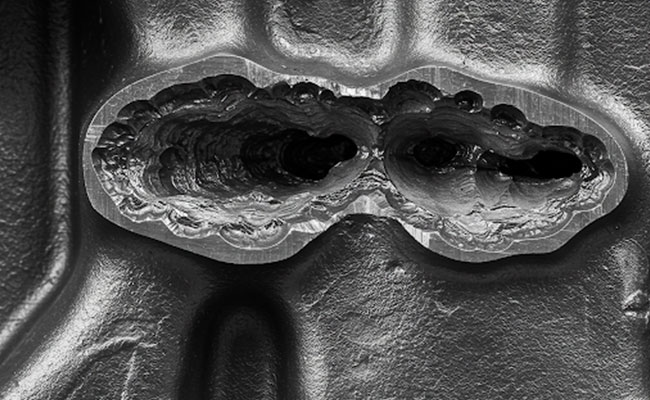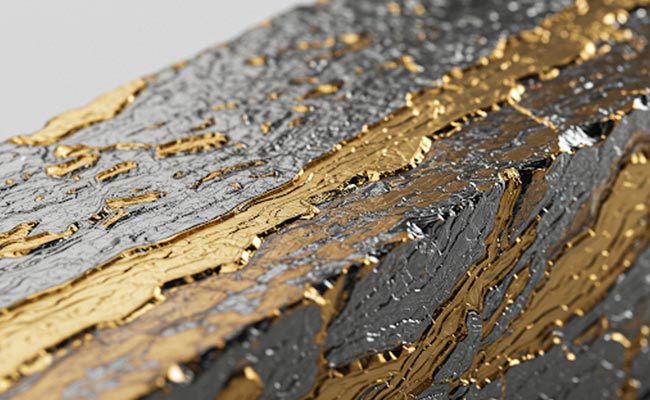
Maintenance Tips to Extend the Lifespan of Cast Metal Parts Part Two
2025-10-13
Benefits and challenges of investment casting 2
2025-10-27Investment casting, also known as lost-wax casting, is a precision manufacturing process used to produce complex metal parts with high accuracy and excellent surface finish. While widely used across industries such as aerospace, automotive, medical, and industrial machinery, it comes with both advantages and limitations.
Benefits of Investment Casting
High Dimensional Accuracy and Tight Tolerances
Investment casting offers excellent dimensional control, making it ideal for precision components that require tight tolerances without excessive machining.
Complex Geometries
Intricate shapes, thin walls, and internal cavities that are difficult or impossible with other methods can be achieved thanks to the wax pattern and ceramic mold process.
Superior Surface Finish
The process produces smooth surface finishes (typically 125 RMS or better), reducing or eliminating the need for post-processing.
Material Versatility
A wide range of metals and alloys can be used, including stainless steels, tool steels, aluminum, bronze, titanium, and superalloys.
Minimal Material Waste
Compared to machining from solid stock, investment casting generates less scrap, contributing to cost-efficiency and sustainability.
Near-Net-Shape Production
Parts often come out close to final shape, reducing the amount of secondary machining required.
Design Flexibility
Engineers can incorporate logos, holes, threads, or text directly into the cast without additional operations.




